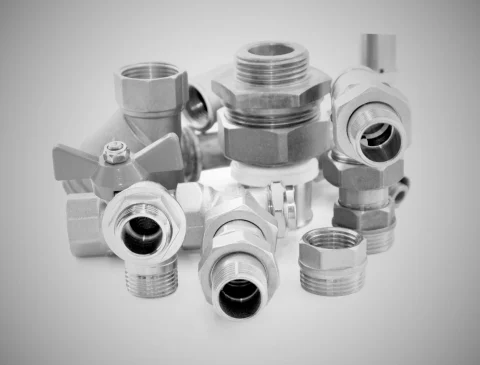High pressure autoclave reactors are essential tools in many industries to conduct chemical reactions under high pressure and temperature. They help create the right environment for these reactions to occur safely and efficiently. The article contains the different types of high pressure autoclave reactors, explaining their features, uses, and benefits in simple terms.
Stirred High Pressure Autoclave Reactors
What Are They?
These reactors have a built-in stirring mechanism to mix the chemicals inside evenly.
Key Features:
- Mixing: The stirrer ensures that all the ingredients are mixed well.
- Pressure: Can handle pressures up to 5000 psi.
- Temperature: Can operate at temperatures up to 500°C.
Uses:
- Medicine: Making complex chemical compounds.
- Chemical Manufacturing: Used for reactions like hydrogenation.
- Materials Science: Creating new, advanced materials.
Benefits:
- Even Mixing: Makes sure the reaction happens uniformly.
- Versatile: This can be used for many different types of reactions.
Non-Stirred High Pressure Autoclave Reactors
What Are They?
These reactors do not have a stirring mechanism and are simpler in design.
Key Features:
- Design: Simpler and without internal mixing parts.
- Pressure: Can handle up to 2000 psi.
- Temperature: Works well up to 350°C.
Uses:
- Batch Reactions: Good for reactions that don’t need constant mixing.
- Making Nanomaterials: These are used to create tiny materials with unique properties.
Benefits:
- Cost-Effective: Cheaper than stirred reactors.
- Low Maintenance: Fewer parts to worry about and fix.
Catalytic High Pressure Autoclave Reactors
What Are They?
These reactors have special compartments for catalysts, which speed up chemical reactions.
Key Features:
- Catalysts: Have baskets or fixed areas for catalysts.
- Pressure: Can handle up to 4000 psi.
- Temperature: Can operate at up to 450°C.
Uses:
- Oil Refining: Used in processes that make fuels cleaner.
- Pollution Control: Helps in reactions that reduce pollutants.
Benefits:
- Faster Reactions: Catalysts make reactions quicker and more efficient.
- Selective: Can be used for specific reactions to improve the desired outcome.
Micro High Pressure Autoclave Reactors
What Are They?
These are small reactors used for small-scale reactions, often in research.
Key Features:
- Size: Compact and designed for small amounts of chemicals.
- Pressure: Can handle up to 3000 psi.
- Temperature: Works up to 300°C.
Uses:
- Research: Ideal for experiments and testing new reactions.
- Early Drug Development: Used in creating and testing new medicines.
Benefits:
- Uses Less Material: Requires smaller amounts of chemicals.
- Fast Testing: Quick to set up and run experiments.
High Pressure Flow Reactors
What Are They?
These reactors allow chemicals to flow continuously, making them suitable for large-scale production.
Key Features:
- Continuous Operation: Chemicals keep moving through the reactor.
- Pressure: Can handle up to 6000 psi.
- Temperature: Can work up to 500°C.
Uses:
- Large-Scale Production: Used in factories to make chemicals in large quantities.
- Continuous Processes: Ideal for ongoing reactions like oxidation.
Benefits:
- Scalable: Can be scaled up for industrial use.
- Efficient: Continuous flow means more efficient production.
Conclusion
High pressure autoclave reactors are vital for carrying out many chemical reactions safely and effectively. Understanding the different types of reactors, their features and benefits can lead one to choose the right reactor for ones need. Whether conducting small-scale experiments or large-scale industrial production, selecting the appropriate reactor can ensure your processes are efficient, safe, and successful.
To buy this product, please follow the links
2-Shilpent








